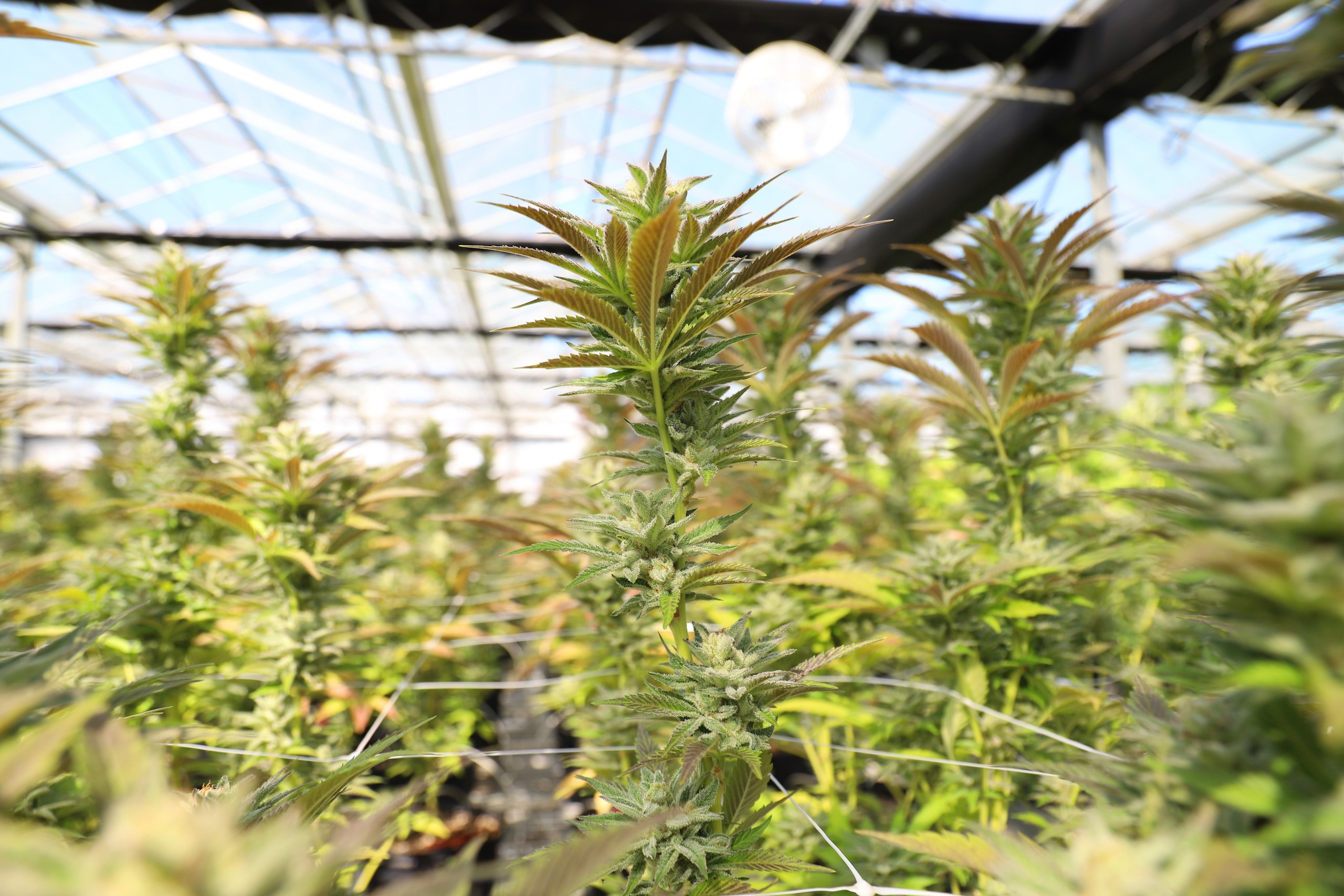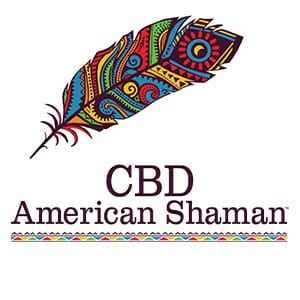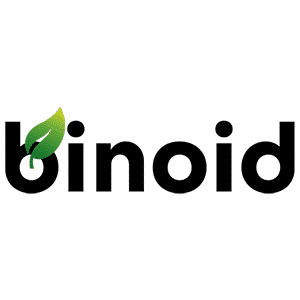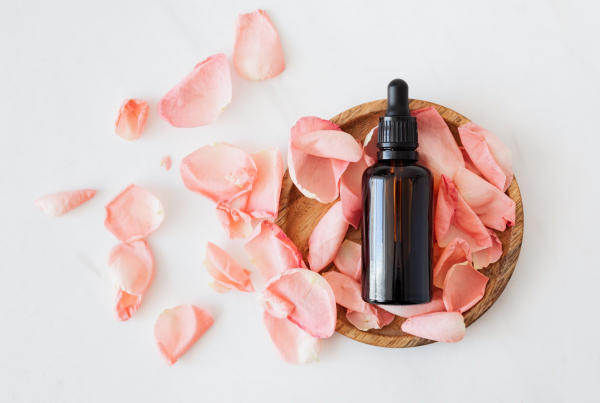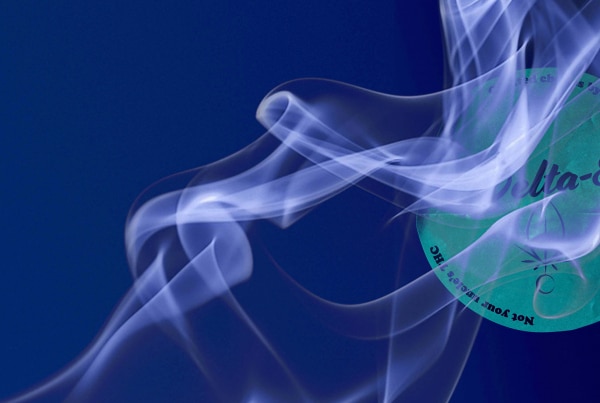The Endocannabinoid System, or the bodily system where cannabis compounds can bind to create specific effects, was discovered in 1992, which opened our eyes to exactly how cannabis may provide so many potential benefits. Of course, modern researchers have only recently begun recognizing the true potential of cannabis and hemp-derived cannabinoids, extending far beyond the ever-popular psychoactive cannabinoid – THC, and the non-psychoactive, therapeutic CBD.
Estimates suggest that well over 100 cannabinoids are found in cannabis, although many exist only in trace amounts. A handful of these cannabinoids have been isolated and found to have unique effects, which means that you can tailor your therapeutic experience by understanding the difference in these cannabinoids and purchasing the correct cannabinoid-specific products to meet your needs.
Not sure where to start? This Cannabinoid Guide includes everything you need to know about major and minor cannabinoids, their effects, and where to buy them. Let’s start with the basics:
Key Takeaways
- Cannabinoids are active compounds that mimic natural neurotransmitters to produce specific effects in the body.
- There are well over 100 cannabinoids in the cannabis plant, including legal Cannabis Sativa (hemp) plants.
- Each cannabinoid has unique effects and potential medical benefits.
- Some hemp-derived cannabinoids, like Delta-8 and Delta-10-THC, are psychoactive.
- Some products pair specific individual cannabinoids together to offer targeted benefits.
What are Cannabinoids?
The term “cannabinoids” often refers to the natural active compounds found in the cannabis plant that are generally deemed responsible for any therapeutic or recreational effects. To be more specific, the cannabinoids that naturally occur in plant material are called phytocannabinoids. However, some endocannabinoids or cannabinoids are naturally produced by the body.
Endocannabinoids are a form of neurotransmitter that carry out essential processes in the body by functioning as part of the body’s endocannabinoid system. Because phytocannabinoids and endocannabinoids are almost identical in structure, plant-derived cannabinoids can also interact with the body to produce specific effects.
To put it briefly, cannabinoids generally interact with CB1 and CB2 receptors to help maintain homeostasis. Here’s the difference between the two:
CB1 receptors
CB1 receptors are the only endocannabinoid receptors that can incite psychoactivity when bound by a psychoactive cannabinoid. CB1 receptors are primarily located in the brain and Central Nervous system. CB1 activation has been linked to functions involving appetite, metabolism, sleep, memory, cognition, immunity, mood, and more.
CB2 receptors
CB2 receptors are primarily found on cells in the immune system and have some of the same functions as CB1 receptors. However, the CB2 is perhaps more largely involved with regulating appetite, pain, and various immune system functions, like inflammation.
Cannabinoids in the Cannabis Plant
Researchers have identified well over 100 different cannabinoids naturally occurring in cannabis plants. Cannabinoids are found in all types of cannabis, including high THC strains and low THC hemp strains.
Cannabinoids can generally be divided into significant cannabinoids and minor cannabinoids. These categories are based on the concentrations in which certain cannabinoids naturally appear in cannabis material.
THC and CBD are considered major cannabinoids because they can be found in concentrations between 10 and 20% in many cannabis strains. Minor cannabinoids include CBG, CBC, CBN, and others. Minor cannabinoids are harder to come by, sometimes appearing in concentrations at 5% or lower.
For quite some time, these cannabinoids were overlooked. However, modern research suggests that these minor cannabinoids may have therapeutic benefits of their own and can play a crucial role in the entourage effect of full-spectrum hemp products. In this phenomenon, cannabinoids have synergistic effects that boost each other’s benefits.
Type of Cannabinoids and Their Potential Benefits
Delta-9-THC (Delta-9-Tetrahydrocannabinol)

Delta-9 is the most popular form of THC and is the primary psychoactive cannabinoid found in traditional cannabis products. It is also the most well-known and heavily researched cannabinoid and is the basis for most of what we know about cannabis’s health benefits. You will most often hear Delta-9 referred to as “THC.”
Of course, Delta-9-THC is still highly restricted by federal law, although it is legal and accessible for adults in some states.
Delta-9-THC Benefits
Delta-9-THC is often touted as having significant pain-relieving and anti-inflammatory benefits and is approved for medical use in some areas for the following conditions:
- Agitation of Alzheimer’s disease
- HIV/AIDS
- Cancer
- Chronic pain
- Crohn’s disease
- Glaucoma
- Hepatitis C
- Irritable bowel syndrome
- Lupus
- Migraines
- Multiple Sclerosis
- Neuropathy
- Osteoarthritis
- Parkinson’s disease
- Rheumatoid arthritis
- Seizures
- Ulcerative colitis
Where to buy it:
Delta-9 is a Controlled Substance that can only be purchased at state-licensed dispensaries in states where cannabis is legal.
Delta-8-THC (Delta-8-Tetrahydrocannabinol)
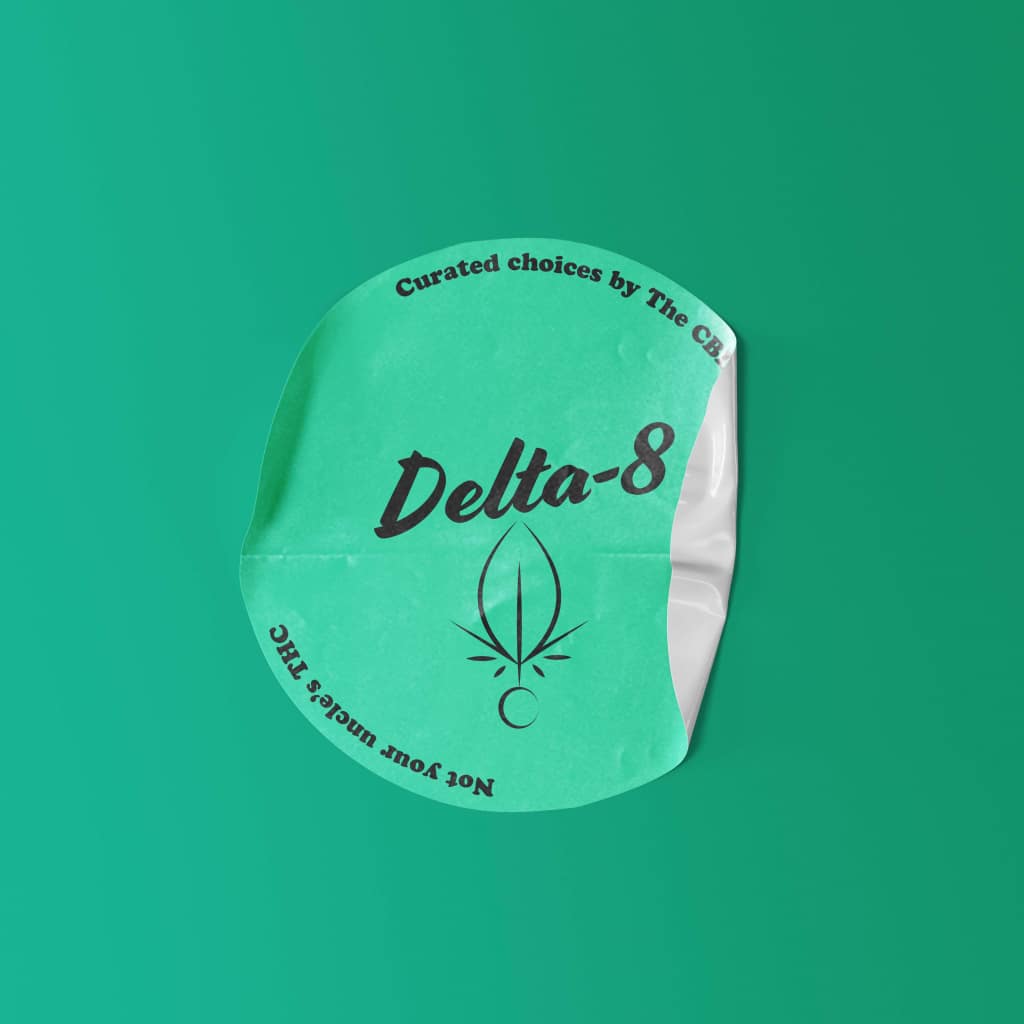
Delta-8-THC is another form of THC found in lower concentrations. However, hemp manufacturers have found a workaround to produce Delta-8 in more significant quantities using CBD derived from legal hemp plant material.
In other words, Delta-8-THC is a federally legal version of THC that is only mildly psychoactive. It has psychoactive effects that are about 2/3 as potent and therapeutic effects that are similar to traditional THC’s.
Delta-8 is usually described as having relaxing effects relating more to Indica cannabis strains. Its chemical structure is almost identical to that of traditional THC, but the two compounds differ in the placement of their double bond. This slight difference creates very different effects. Of course, Delta-8-THC products can be made to replicate some of the most popular cannabis strains, including Sativa and Indica strains.
Delta-8-THC Benefits
Delta-8 research is limited, but it’s thought to be potentially helpful in managing the same ailments that traditional THC may be used for. That means that Delta-8 may be useful for managing pain, inflammation, nausea, sleep disruptions, and more.
However, because it’s less potent, many people suggest that it’s less likely to cause some of the adverse side effects related to THC, such as paranoia and anxiety. Some research even pins it as a better solution than traditional THC because of its more manageable psychoactive effects.
For instance, one study involving pediatric cancer patients found Delta-8-THC to be 100% effective at managing chemotherapy-induced nausea. The authors of the study noted that Delta-8, in this case, was a better solution than Delta-9 because it could be given in higher, more effective doses without the same adverse effects, even in children.
You can easily find Delta-8 gummies, vapes, flower, oils, and more when you shop for Delta-8 online. Because it can be made from industrial hemp, it’s much more accessible than traditional THC products. However, you should remember that Delta-8-THC is still not legal in all US states.
Where to buy it:
Many CBD brands sell Delta-8-THC products. Some brands, like Cannabis Life, focus solely on Delta-8-THC products. Vida Optima offers a selection of Delta-8 products, like their Elev8 Hard Candies and Elev8 Vape Carts.
Delta-10-THC (Delta-10-Tetrahydrocannabinol)
Like Delta-8, Delta-10-THC is a hemp isomer that is said to be even less potent than traditional THC products. Many people describe it as having more energizing and uplifting effects, whereas Delta-8 is often more relaxing.
Many people prefer Delta-10 because it’s incredibly mild, making it a good starting point for new THC users. Keep in mind that Delta-10 is still new to the market and isn’t as easy to come by as Delta-8. It’s also harder to make, so many Delta-10 products contain Delta-8-THC. Still, you may find Delta-10 in the form of edibles, vapes, or oils.
Delta-10-THC Benefits
There’s even less evidence regarding Delta-10 uses and potential benefits, but it’s still thought to work similarly to other therapeutic THC products. It’s often touted as helpful in relieving pain, increasing energy, boosting mood, stimulating appetite, reducing stress, and increasing creativity, but further research is needed to fully understand its therapeutic potential.
Where to buy it:
Binoid is a leading hemp brand and was one of the first to break into the Delta-10 market. They offer a selection of Delta-10 vaporizers and tincture oils.
CBD (Cannabidiol)
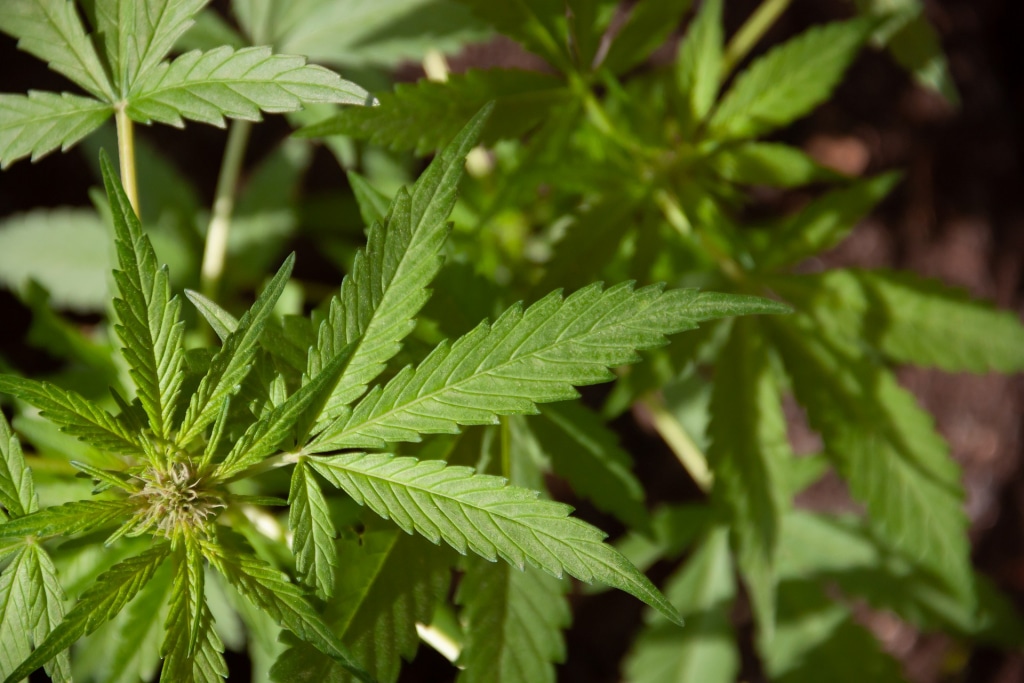
Aside from the multiple versions of THC available, most cannabinoids are not psychoactive. However, CBD is easily the most popular non-intoxicating cannabinoid available today. It was the very first cannabinoid ever to be discovered and isolated from the cannabis plant and is the second most well-researched cannabinoid right behind THC.
In fact, one CBD-based pharmaceutical is even FDA approved. This prescription drug, called Epidiolex, is used as a seizure reduction aid for treating severe childhood seizure disorders.
CBD is the most common hemp-derived cannabinoid on the market, and the formulas available are virtually limitless. You can find CBD oils, gummies, beverages, topicals, edibles, syrups, vapes, and more.
CBD Benefits
Researchers are still learning about how CBD interacts with the body, but for now, it’s believed that it doesn’t interact directly with endocannabinoid receptors. Instead, it’s thought to act indirectly on receptors sites and affect how other compounds interact.
For this reason, CBD’s benefits are thought to be incredibly expansive and could potentially include relief from chronic pain and neuropathic pain, anxiolytic effects, sedative properties, and even neuroprotective properties. Some research even shows that CBD could be useful for managing some neurodegenerative conditions or other chronic health conditions like inflammatory bowel disease or colitis, but more research is necessary.
Where to buy it:
Many CBD brands on the market offer a variety of gummies, oils, topicals, and more. Charlotte’s Web Full Spectrum CBD Gummies, Joy Organics’ Organic CBD Oil Tincture, and the FOCL Day & Night CBD Capsule Bundle are great options.
CBG (Cannabigerol)
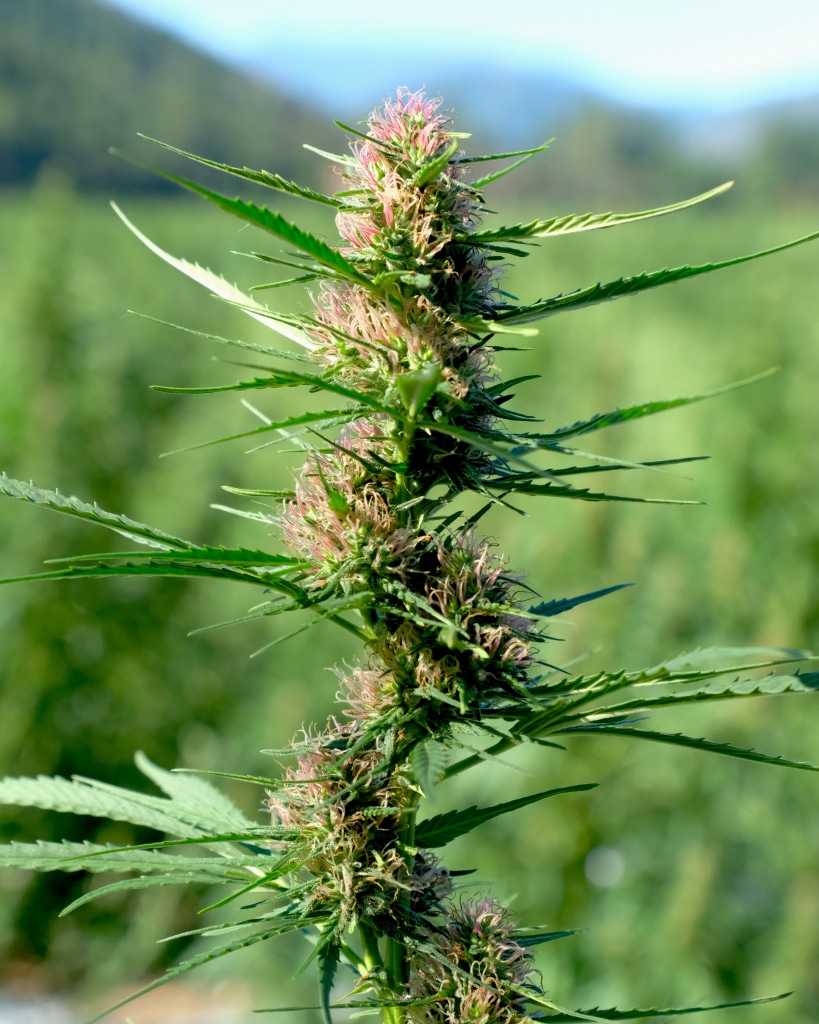
CBG is another non-psychoactive cannabinoid that’s quickly gaining popularity. CBGa, the precursor to CBG, is sometimes referred to as “the mother of all cannabinoids” because it is also the precursor to most other cannabinoids, including THC and CBD.
CBG is a popular additive found in many CBD oils designed to enhance mood and inflammation, but you can also find standalone CBG gummies, capsules, and more. CBG is also one cannabinoid that’s frequently used in topical formulations.
CBG Benefits
Researchers aren’t finished exploring the potential benefits of CBG. Still, it looks as though it could help balance mood and may have beneficial antimicrobial and anti-inflammatory effects.
Where to buy it:
Many CBD brands also offer a selection of CBG products. Some of our favorites are Absolute Nature Full-Spectrum CBD+CBG Strawberry Gummies and CBDfx 2:1 CBD + CBG Oil.
CBN (Cannabinol)

CBN is a minor cannabinoid that is created in cannabis as THC degrades. For this reason, CBN is considered to be slightly psychoactive, although to a much lesser extent than traditional THC. Most people report no psychoactivity when taking doses between 10 and 20 mg.
CBN is becoming increasingly popular and can be found in multiple formulas, from gummies to oils, beverages, and more.
CBN Benefits
There’s currently very little scientific evidence to back up the claim, but many consumers have linked CBN to improved sleep and suggest that it has soothing effects. CBN is also thought to be responsible for the drowsy effects associated with cannabis that’s been improperly stored or old. That’s because THC turns to CBN over time so that older cannabis will have a much higher CBN content.
Some sources have also linked CBN to anti-inflammatory benefits that could benefit against inflammatory pain, but more research is needed to understand its potential benefits fully.
Where to buy it:
Many cannabinoid products designed as a sleep aid combine CBD and CBN. Our favorites include Receptra Naturals Serious Rest CBD + CBN Gummies and Vida Optima Dream Full-Spectrum CBN+CBD Sleep Tincture.
CBC (Cannabichromene)
CBC is a minor cannabinoid, but research concerning its potential benefits is minimal. Still, it’s found in hemp in tiny concentrations and has only recently become popular as a standalone supplement. It’s generally paired with CBD to offer an ensemble effect of benefits and is most often found in tincture, gummy, or softgel form.
CBC Benefits
Researchers believe that CBN may be more similar to CBD than other cannabinoids because it acts indirectly on both endocannabinoid receptors but doesn’t bind directly to either one. It’s also known to interact with different receptors outside the endocannabinoid system, like vanilloid receptor 1 (TRPV1) and transient receptor potential ankyrin 1 (TRPA1), which may impact both the way that pain is perceived.
Where to buy it:
CBC is not as common as other cannabinoid products, but you can still find some tinctures, softgels, and more. The Raw Botanics Co. has a small selection of high-quality CBD + CBC products, including the Relax 1,000 mg CBD + CBC Oil and the Relax 750 mg Broad Spectrum CBD + CBC Softgels.
Frequently Asked Questions
What are the most popular cannabinoids?
THC and CBD are easily the most popular and well-known cannabinoids on the market today. Still, CBG, CBN, and Delta-8 are all quickly gaining popularity for their unique therapeutic potential.
Where are cannabinoids found?
Cannabinoids can be found in a handful of other plants and naturally occur in the human body. Most often, though, “cannabinoids” refer to the compounds found in the cannabis plant.
Generally, cannabis or hemp flower is used to extract cannabinoids to make various therapeutic products. Cannabinoids are located throughout the plant in the stalk, leaves, seeds, and flowers but are most concentrated in the trichomes or the hair-like structures found on the surface of the cannabis flowers. Still, sometimes whole-plant material (which includes the stalks and leaves) can be used as well.
How are cannabinoids extracted?
Cannabinoids are generally extracted from hemp using a handful of extraction methods, like CO2 or ethanol extraction. Different extraction methods can produce cannabis extracts of similar quality. Still, it’s essential to ensure that products are independently lab tested for potency and purity to make sure that all residual solvents and potential contaminants are removed.
Can the body produce cannabinoids?
Yes, cannabinoids are produced via the Endocannabinoid System in all mammals. The most common endocannabinoids are anandamide (known as the “bliss” molecule, which is similar to THC) and 2-Arachidonoylglycerol (called 2-AG, which is identical in structure to CBD). This type of cannabinoid is referred to as an “endocannabinoid.”
How do cannabinoids work?
Cannabinoids from cannabis are similar in structure to the endocannabinoids produced by the body. Because they are almost identical, they can bind with receptor sites in the body to alter how the body sends and receives messages related to many different regulatory and wellness functions.
How are cannabinoids used?
Cannabinoids are generally used for recreational or therapeutic purposes and can be consumed in various ways. You can reap the potential benefits of cannabinoids just by smoking or vaping cannabis flower. Alternatively, there are many different types of tinctures, edibles, vape oils, and more uniquely formulated to meet different potency and wellness needs.
Are cannabinoids water soluble?
Typically, cannabinoids are oil-based in their most natural form and will not dissolve in water. However, some manufacturers use unique nanotechnology to create small cannabinoid molecules that are more bioavailable and dissolve in water. Check out these Water Soluble CBD Tinctures to learn more.
Can cannabinoids be absorbed through the skin?
Yes, cannabinoids can be used topically to reap their therapeutic benefits. Psychoactive cannabinoids will not get you high when applied topically, however. Some people use topical CBD products with systemic methods to improve pain relief or target topical inflammation.
Where to find cannabinoids?
Cannabinoid products can be purchased online and in stores in places where they are legal. According to federal law, all hemp-derived cannabinoids are legal, but state laws vary. Check out our Cannabinoid Product Reviews to discover various of the industry’s best brands and products and find discount codes to use at checkout.
When was the cannabinoid system discovered?
The Endocannabinoid System, or the bodily system where cannabinoids can bind and interact, was discovered in 1992. Since then, research has significantly advanced, and researchers now recognize that all major and minor cannabinoids have independent effects on the body.
Which cannabinoids have intoxicating effects?
The majority of cannabinoids are non-psychoactive, so they will not get you high. Still, there are many different types of THC that have psychoactive properties. Traditional THC, or Delta-9-THC, is the most well-known, but it is still considered a Controlled Substance by federal law and can only be purchased in select states. Delta-8, Delta-10, and newer forms of THC can be made from hemp and are federally legal, so they may be easier to come by.
How do cannabinoids provide pain relief?
Researchers are still working out the details on how cannabinoids may reduce pain, but they have highlighted several mechanisms that may be involved.
First, cannabinoids may bind with the same receptor sites responsible for sending and receiving pain signals, which can block pain signals from ever being absorbed. Plus, some cannabinoids may interact with the body in a way that produces anti-inflammatory effects.
Inflammation is often a precursor to pain, so some cannabinoids may theoretically help reduce pain by lowering inflammation. Because they target pain through multiple mechanisms, some cannabinoids may be useful for managing even chronic pain, but more research is needed.
Which cannabinoids are used for sleep issues?
The best cannabinoid combination for managing sleep concerns depends on which particular ailments are disrupting sleep. For instance, many people choose mood-enhancing formulas to combat sleep loss caused by anxiety. In general, though, a combination of two cannabinoids, CBD and CBN, is often selected for nighttime use.
Which cannabinoids are legal?
Cannabinoids derived from hemp are legal. Since all cannabinoids can be found both in federally legal hemp material and in cannabis material that’s classified as “marijuana,” it’s essential to verify the source of your cannabinoid products before you buy. Check out our Brand Reviews to find the most trustworthy hemp brands.

